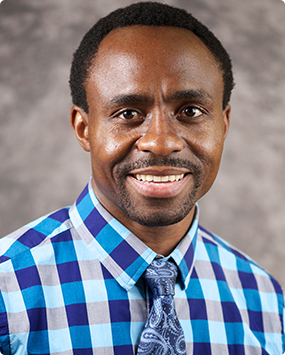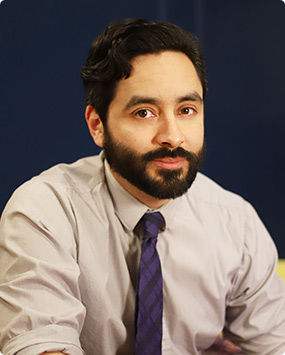Abstract
Traumatic brain injury (TBI) has a high incidence, mortality, and morbidity all over the world. One important reason for its poor clinical prognosis is brain edema caused by blood-brain barrier (BBB) dysfunction after TBI. The mechanism may be related to the disorder of mitochondrial morphology and function of neurons in damaged brain tissue, the decrease of uncoupling protein 2 (UCP2) activity, and the increase of inflammatory reaction and oxidative stress. In this study, we aimed to investigate the effects of exogenous irisin on BBB dysfunction after TBI and its role in the neuroprotective effects of endurance exercise (EE) in mice. The concentrations of irisin in cerebrospinal fluid (CSF) and plasma of patients with mild to severe TBI were measured by ELISA. Then, male C57BL/6J mice and UCP2 knockout mice with C57BL/6J background were used to establish the TBI model. The BBB structure and permeability were examined by transmission electron microscopy and Evans blue extravasation, respectively. The protein expressions of irisin, occludin, claudin-5, zonula occludens-1 (ZO-1), nuclear factor E2-related factor 2(Nrf2), quinine oxidoreductase (NQO-1), hemeoxygenase-1 (HO-1), cytochrome C (Cyt-C), cytochrome C oxidase (COX IV), BCL2-associated X protein (Bax), cleaved caspase-3, and UCP2 were detected by western blot. The production of reactive oxygen species (ROS) was evaluated by the dihydroethidium (DHE) staining. The levels of inflammatory factors were detected by ELISA. In this study, we found that the CSF irisin levels were positively correlated with the severity of disease in patients with TBI and both EE and exogenous irisin could reduce BBB damage in a mouse model of TBI. In addition, we used UCP2−/− mice and further found that irisin could improve the dysfunction of BBB after TBI by promoting the expression of UCP2 on the mitochondrial membrane of neurons, reducing the damage of mitochondrial structure and function, thus alleviating the inflammatory response and oxidative stress. In conclusion, the results of this study suggested that irisin might alleviate brain edema after TBI by promoting the expression of UCP2 on the mitochondrial membrane of neurons and contribute to the neuroprotection of EE against TBI.
1. Introduction
The huge advances in society, economy, transportation, and infrastructure have produced an increasingly convenient life, while resulted in people’s higher probability of developing trauma [1, 2]. Accordingly, the incidence of traumatic brain injury (TBI) has been annually rising worldwide and remains at a continuingly high level. TBI, a common emergent and critical illness in clinic, bears an extremely high risk for disability and mortality and has an inadequately satisfying clinical prognosis. One of the main causes for a series of adverse outcomes is brain edema which is not only a consequence of TBI but also a major factor for further aggravating TBI damage [3].
TBI can destroy tight junction (TJ) proteins, the main structure of the blood-brain barrier (BBB), and cause the apoptosis of cerebrovascular endothelial cells. This allows substances that could not have access to the brain tissue to quickly permeate into it in large quantities, so that fluids accumulate in the extracellular space, resulting in vasogenic brain edema [4, 5]. The mechanism may be that reactive oxygen species (ROS) increase after TBI, which leads to neuroinflammatory response and oxidative stress response [6]. Meanwhile, the mitochondrial membrane potential (MMP) is a significant factor accounting for the increase of ROS levels, so MMP, to some extent, is positively correlated with ROS [7]. Recently, there is increasing evidence that uncoupling protein 2 (UCP2) can dramatically reduce the production of ROS by reducing MMP [8]. The “uncoupling survival” hypothesis related to UCP2 has been further confirmed in the traumatic brain injury model [9].
It is well-established that endurance exercise (EE) can effectively exert neuroprotective effects [10–13] but the underlying mechanism has remained to be elucidated. Exercised skeletal muscle can secrete PGC-1α, and downstream factors regulated by this protein can be sheared and modified to form a hormone called irisin. Irisin has been a focus of recent studies in the fields of metabolism and the nervous system [12, 14]. Our previous research has demonstrated that irisin worked effectively on alleviating cerebral ischemia-reperfusion injury [15]. Thus in this study, we tested whether irisin could reduce brain edema after TBI and explored its specific mechanisms. In addition, we also observed whether the neuroprotective effects of EE were related to irisin.
More at link,

 “The
brain is like a muscle; the more the brain is used, the stronger it
becomes,” says Ozioma Okonkwo, Ph.D., associate professor at the
Wisconsin Alzheimer’s Disease Research Center at the University of
Wisconsin.
“The
brain is like a muscle; the more the brain is used, the stronger it
becomes,” says Ozioma Okonkwo, Ph.D., associate professor at the
Wisconsin Alzheimer’s Disease Research Center at the University of
Wisconsin.


